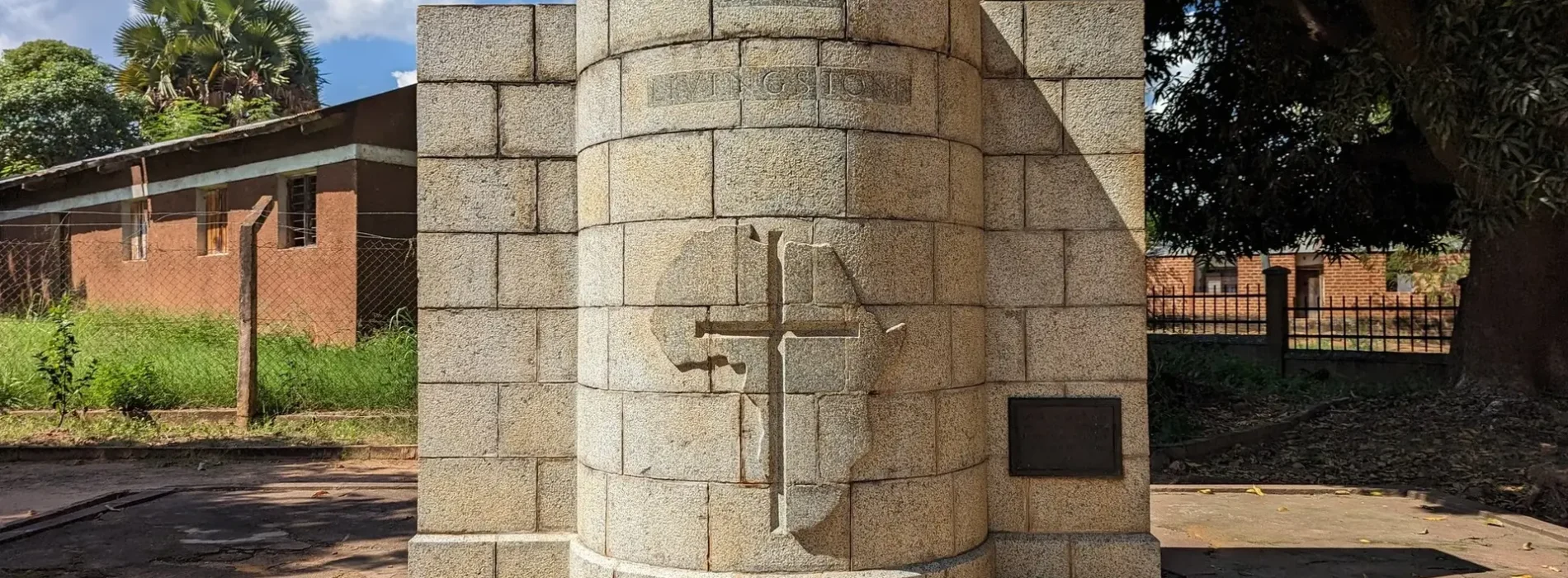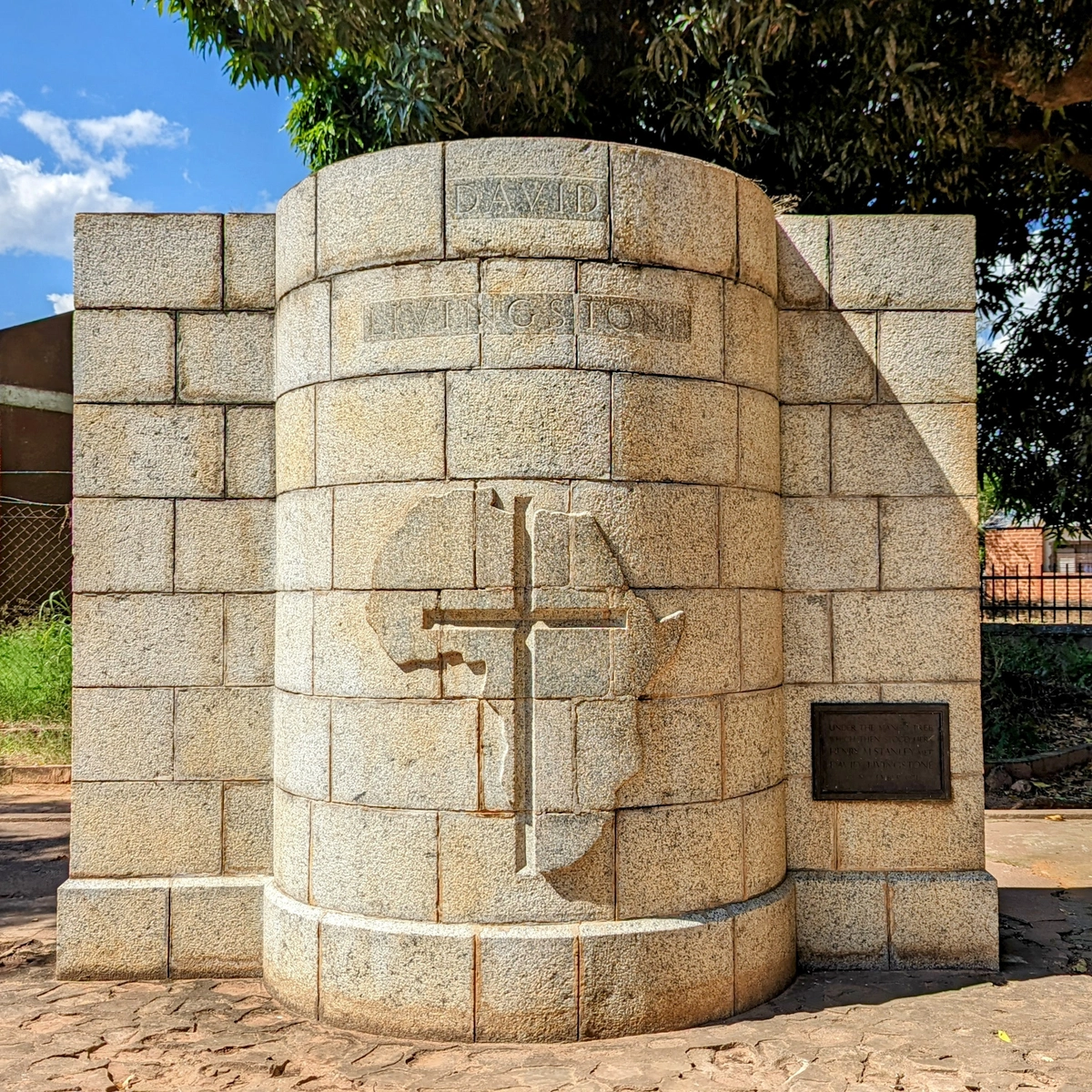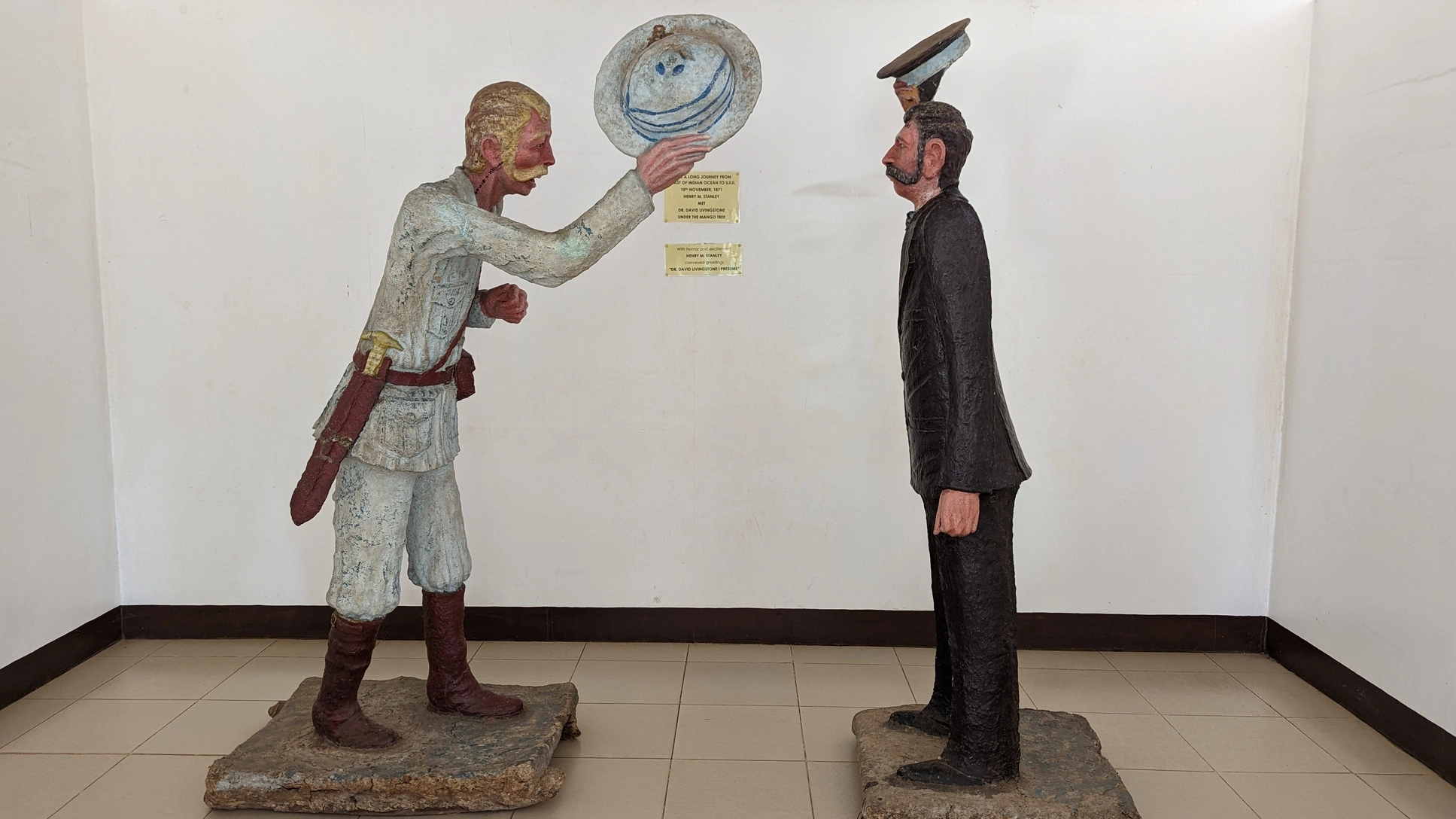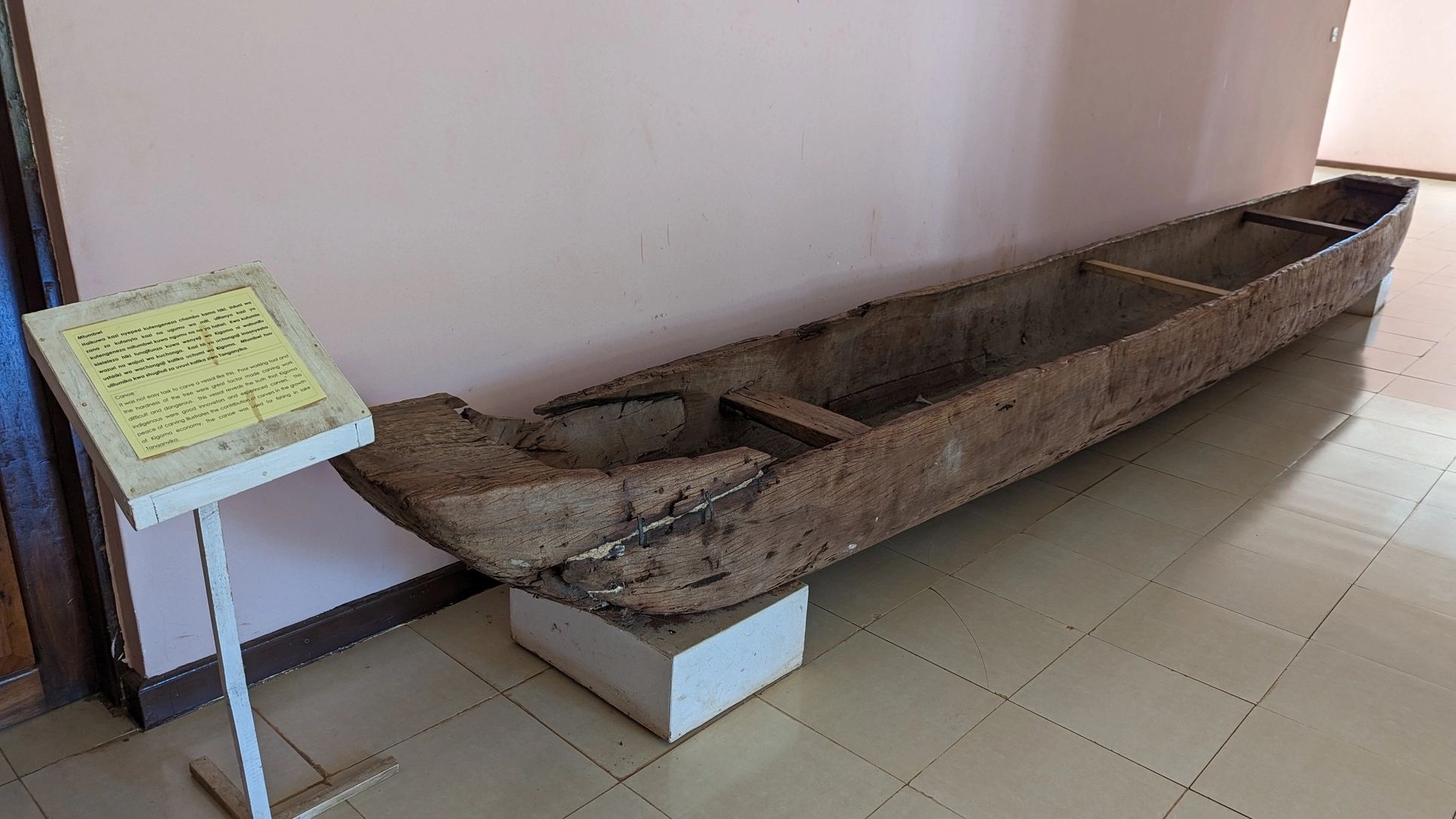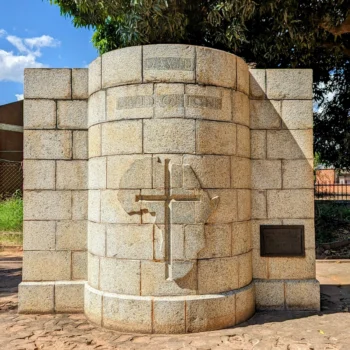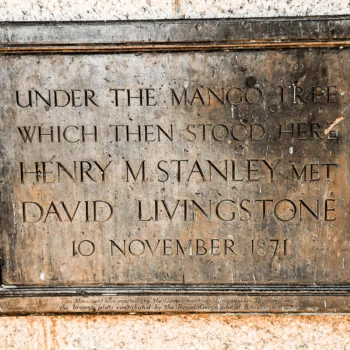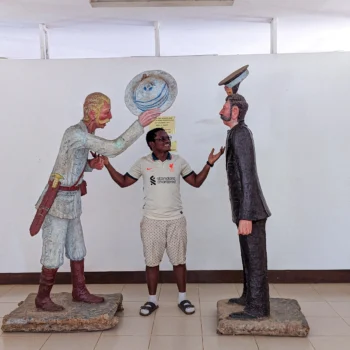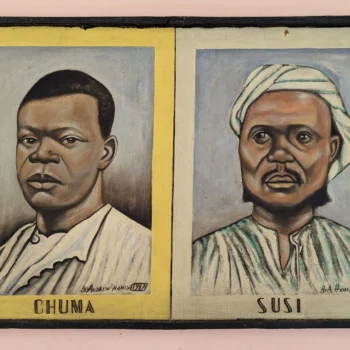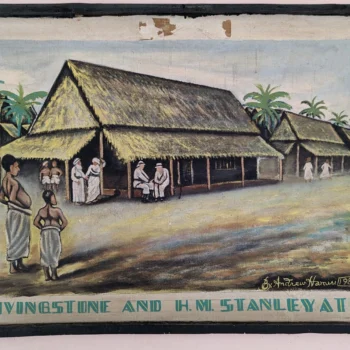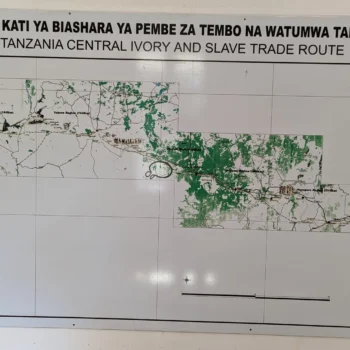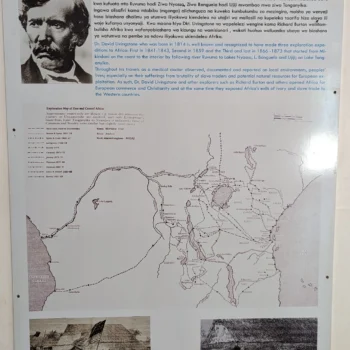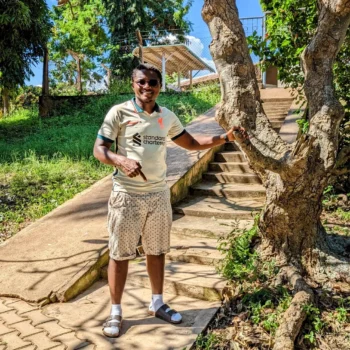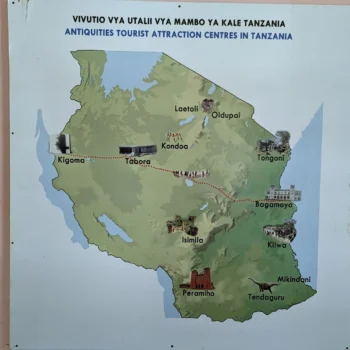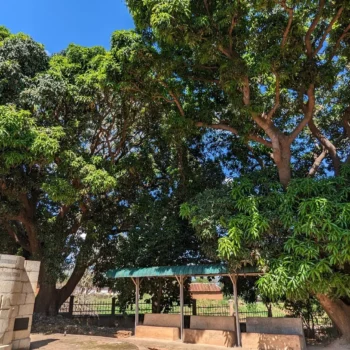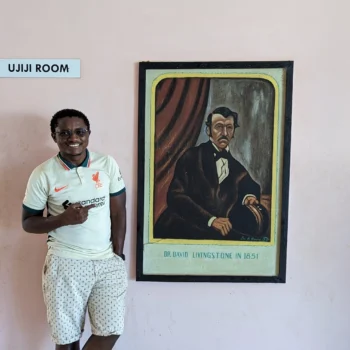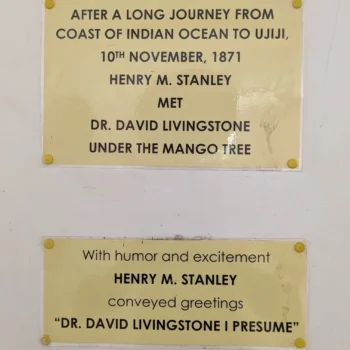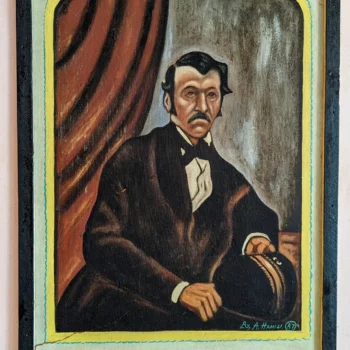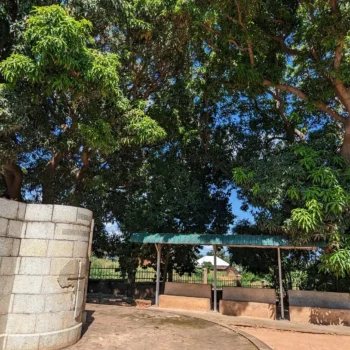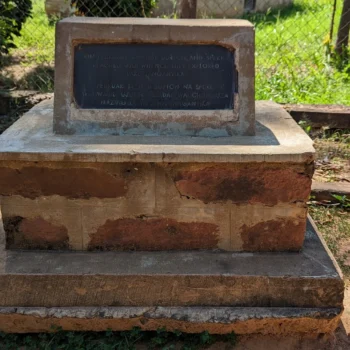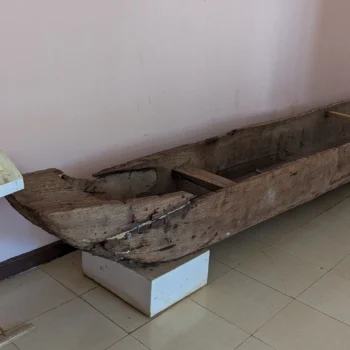Dr. David Livingstone Memorial Museum
The Dr. David Livingstone Memorial Museum in Ujiji, Kigoma, stands as a significant historical and cultural institution in Tanzania. It honors the life and legacy of the famed Scottish explorer and missionary, Dr. David Livingstone. Situated on the shores of Lake Tanganyika, this museum commemorates Livingstone’s remarkable contributions to African exploration and his tireless efforts to end the East African slave trade.
A Historic Meeting Point
The museum is located on the very spot where Dr. Livingstone famously met the journalist and explorer Henry Morton Stanley on November 10, 1871. Stanley’s iconic greeting, “Dr. Livingstone, I presume?” is etched in history as a memorable moment between the two explorers, marking a pivotal point in Livingstone’s challenging journey.
While this phrase appeared in a New York Herald editorial in 1872, and both the Encyclopaedia Britannica and the Oxford Dictionary of National Biography mention it, the authenticity of the exact words is debated. Notably, Stanley removed pages from his diary detailing this encounter, and Livingstone’s account doesn’t include the famous phrase. The statements are legendary for their irony: Dr. Livingstone was the only white person for hundreds of kilometers.
From Mango Tree to Memorial
The potential of this site was recognized in 1918 during the British colonization of Tanganyika. The idea arose due to the presence of a mango tree where Dr. Livingstone and his former porters, Chuma and Susi, established their temporary base camp. It was beneath this very mango tree in 1871 that Dr. David Livingstone and Henry Morton Stanley first met. However, the ancient mango tree weakened in the 1920s, prompting the British government to remove it. The Monument was then officially established in 1927.
Interesting Facts About Dr. David Livingstone Memorial Museum
- Dr. Livingstone undertook three extensive expeditions in Africa before his death from malaria in 1873 in Chipulu, Zambia. His motto during the expeditions was “Christianity, commerce, and civilization” for Africa (the 3 Cs).
- His internal organs were buried in Zambia. His assistants, Chuma and Susi, carried his body for nine months to the Bagamoyo coast, from where it was transported to Zanzibar and then England for burial.
- Initially, Livingstone intended to be a missionary in China, but the First Opium War in 1839 made the country too dangerous.
- The mango trees at the museum were planted in 1924, making them a century old.
- Livingstone was the first European to see the Victoria Falls.
How to Get There
You can find the Dr. David Livingstone Memorial Museum in Ujiji, Kigoma. From Dar es Salaam, you can reach Kigoma, the main port on Lake Tanganyika, via several options:
- Flight: The quickest way is a domestic flight from Dar es Salaam to Kigoma, taking about two hours and offering scenic views.
- Train: For a more immersive journey, the central route train connects Dar es Salaam to Kigoma, with a travel time of around two to three days, showcasing the countryside.
- Road: Alternatively, you can take a road trip from Dar es Salaam to Kigoma, which takes approximately 20-24 hours depending on conditions and stops.
At the museum (circa May 2023), a renowned narrator, Mzee Kassim, provides captivating accounts of events. As a historian, he once led a group of tourists on a walk along the historic slave routes from Kigoma to Bagamoyo on foot.
